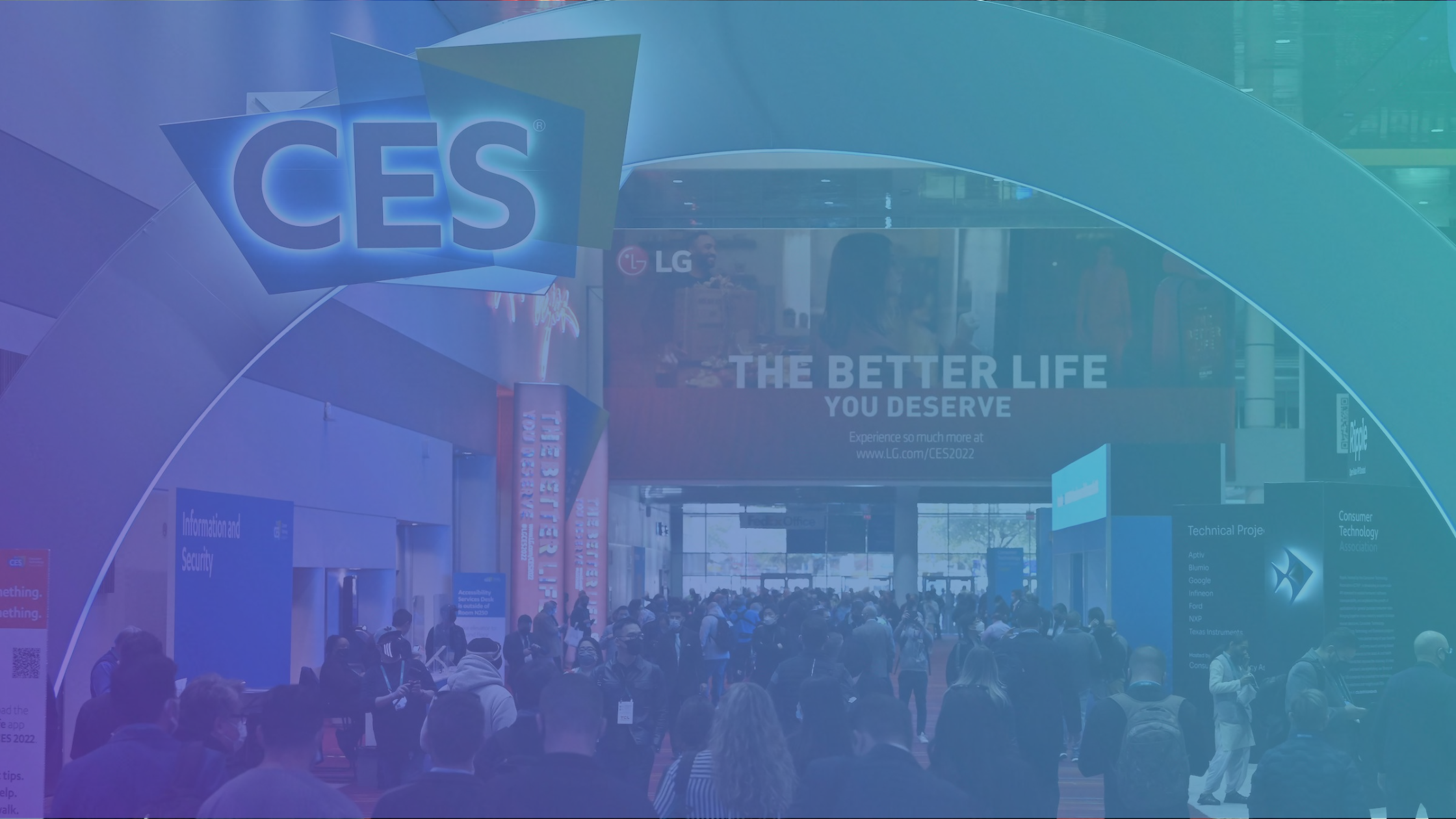OnePulse Picks: The Best of CES
From smart cars to smart homes, we analyzed consumer reactions to see if the latest product innovations measure up to their electronic expectations.

By: Tom McAllister
Viva innovation. Last week more than 100,000 people flocked to Las Vegas for the biggest tech show in town: Consumer Electronic Show (CES). From electric in-line skates to color-changing electric cars, there was no shortage of big ideas.
The big question on our minds is whether or not any of these new concepts have the “stickiness” to weather the storm of consumer opinions. And ultimately, are brands innovating for the sake of innovation, or are they actually solving consumer problems?
We decided to put popular trends coming out of CES to the test. From smart car choices to smart home habits, we used the OnePulse platform to analyze consumer reactions and understand if the latest product innovations measure up to what they truly want out of their favorite electronics, gadgets, and more!
Smart Cars
2023 may very well be the year of “auto-vation”! Chrysler showcased its futuristic cockpit concept, Dodge introduced their all-electric Ram 1500 truck, BMW shared their latest e-ink color-changing concept, and Honda is floating the idea of integrating its vehicles with PlayStation 5s through their exclusive partnership with Sony.
And while 40% of consumers still consider Elon’s Tesla to be the most reliable vehicle (even despite decreasing approval ratings), the singular theme among auto innovators at CES this year is that they’re all coming for Tesla’s lunch!

When asked how likely it is that their next car purchase will be electric, more than half of US consumers said it’s either likely or very likely. But the most surprising insight from our mobile-first survey was that men are 2.25X more likely than women to purchase an electric vehicle. Whatever the reason, this level of interest matches the level of commitment that many auto manufacturers are making in the future of electric.
But can they deliver on the innovation that consumers actually want and need?
While price is almost always the leading factor that’s most important for car buyers, only 31% of our community ranked it as their top consideration. Surprisingly, people who said they’re in the market for an electric car ranked “driving range” first. This tells us that consumers are doing their homework, and if they’re going to make a commitment in electric, then they want to know that their splurge will go the distance.
Smart TVs
One of the biggest stories of CES 2023 isn’t a new gadget or accessory that will change the way we live our lives. No, it may well be the Roku logo adorning the front of new Roku-branded TVs.
For a number of years, Roku has been the operating system that powers 3 out of 4 TVs sold in North America—but the popular streaming hardware brand will soon cut out middle-men, like TCL, Phillips, and Hisense.

In a Pulse to 500 OnePulse community members, we asked what SmartTV devices they owned, and 50% said Roku. The Roku TV lineup will range between $119 and $999, and while Roku has yet to announce any specifics, it says that the TVs will be available in the spring. We asked Pulsers how much they expect to spend on their next TV purchase, and 32% said they are planning for a $250-$499 purchase price.
If half of consumers already have a Roku in their home for the reasonable price of $29.99, then imagine the the look on shareholders’ faces when they find out they can increase their customer lifetime value tenfold!
Smart Homes
From doorbells to home assistants, the adoption of IoT devices has been on the rise, but the smart home experience has been held back for years, especially for consumers who want to mix and match gadgets.
A new protocol will enable seamless interoperability between products from Apple, Amazon, Google, Samsung, and other manufacturers —the leading tech brands for smart home gadgets. Nearly half of Americans claim to already own devices from more than one of these big four.

But is interoperable home technology a necessity? Do people have that many devices of varying brands that aren’t talking to each other that this is a need in the market?
We asked 500 consumers how important it is to have a “truly connected home,” and 59% agreed that it’s very important, if not essential! Additionally, when segmenting the responses we learned that men are 1.5X more likely to see it as absolutely essential that their smart home devices are connected.
Consumers definitely see the value in this rather new technology since it will connect with all major digital assistants on the market. We dug deeper into the data to get their open-ended responses too:
I prefer to have the convenience of a seamless tech ecosystem I always prioritize convenience in my life.
Female, 25-34
We use it a lot to control the lights and take care of basic tasks for us. We could do without it, but it would be quite the adjustment.
Male, 35-44
Matter-certified devices might not have been the most-sexy innovation to come out of CES, but it’s sure to have a huge impact on the way we connect the 60 million US home that are actively using smart home devices.
While another CES has come and gone, it’s not too late to start validating your next product innovations with OnePulse.
Contact our sales team to learn how you can Start Pulsing, today!
Related posts








